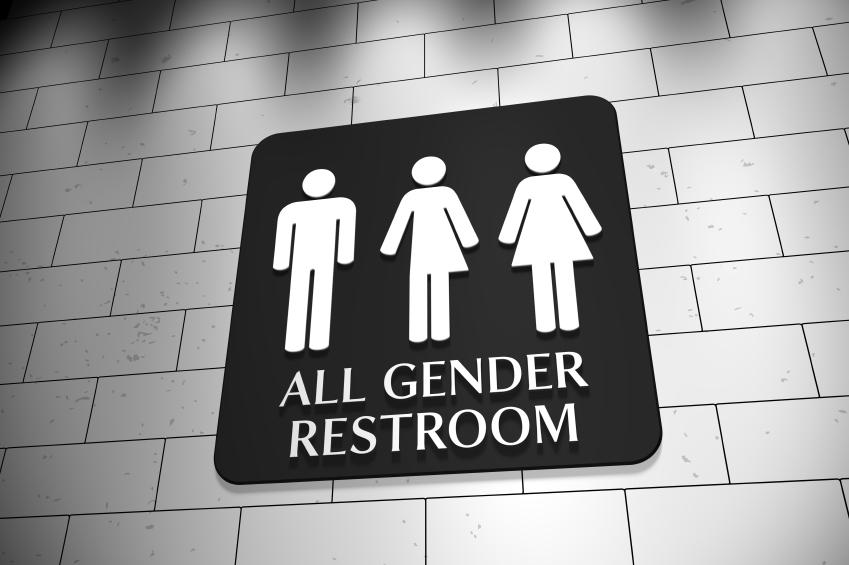EEOC Rules on Transgender Employee Bathroom Use
Posted February 06, 2019
In May 2016, the Equal Employment Opportunity Commission (EEOC) published guidance for employers regarding bathroom access rights for transgender employees. In its guidance, the EEOC states that denying transgender employees the right to use the bathroom that corresponds with their gender identity is a violation of Title VII of the Civil Rights Act (Title VII). According to the EEOC, this guidance is consistent with prior guidance and judicial decisions.
The EEOC encourages individuals who have been (or believe they have been) discriminated against because of their bathroom choices to contact the EEOC and report their claims. 
Title VII of the Civil Rights Act
Title VII prohibits employment discrimination based on race, color, national origin, religion or sex. The prohibition against sexual discrimination includes discrimination based on pregnancy, gender identity sexual orientation and transgender status.
“Transgender” refers to an individual whose gender identity or expression is different from his or her biological gender (the sex assigned to him or her at birth, listed on an original birth certificate). A person is not required to undergo any medical procedure to be considered a transgender man or woman.
Title VII applies to all public employers and all private employers with 15 or more employees. Because Title VII is federal law, it preempts state and local laws, and employers cannot shield themselves from violations under a claim that state or local laws allowed them to require employees to use a bathroom consistent with their biological gender.
Protection of Transgender Status under Title VII
In 2012, the EEOC ruled that discrimination based on transgender status is sex discrimination under Title VII. In 2015, the EEOC expanded its view on transgender discrimination when it held that:
- Denying an employee equal access to a common restroom that corresponds to the employee’s gender identity is sex discrimination;
- An employer cannot require a transgender employee to undergo or provide proof of surgery or a medical procedure to allow the employee access to a bathroom that corresponds to the employee’s gender identity; and
- An employer cannot require or limit a transgender employee to use a single-use restroom instead of other restrooms commonly available to other employees (however, employers can make a single-use restroom available to all employees).
The EEOC believes that its guidance is consistent with other government decisions, policies and guidance regarding prohibited discrimination based on sex. Specifically, the EEOC cites the U.S. 4th District Court of Appeals, the U.S. Department of Education, the Occupational Safety and Health Administration (OSHA) and the U.S. Office of Personnel Management (OPM).
The EEOC also stated with this guidance that “gender-based stereotypes, perceptions or comfort level must not interfere with the ability of any employee to work free from discrimination, including harassment.” The EEOC also asserted that these nondiscrimination provisions address only conduct at the workplace and seek merely to ensure that all employees may perform their jobs free from discrimination. Because the guidance is limited to workplace conduct, it does not require any employee to change their beliefs, opinions or perceptions.
